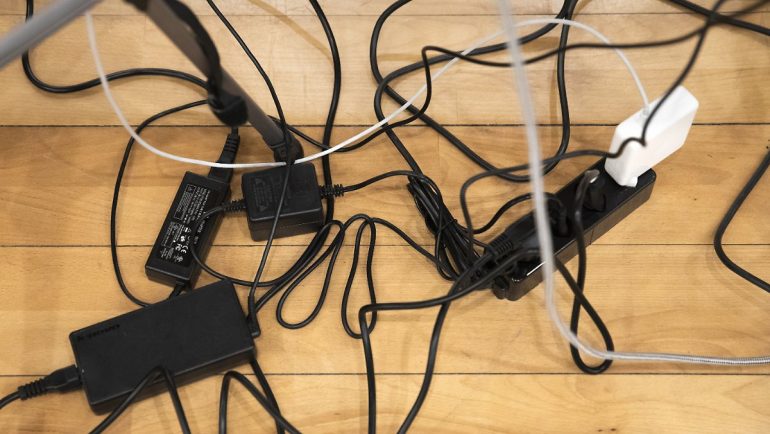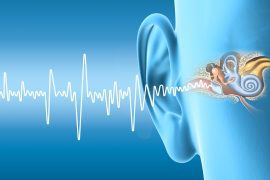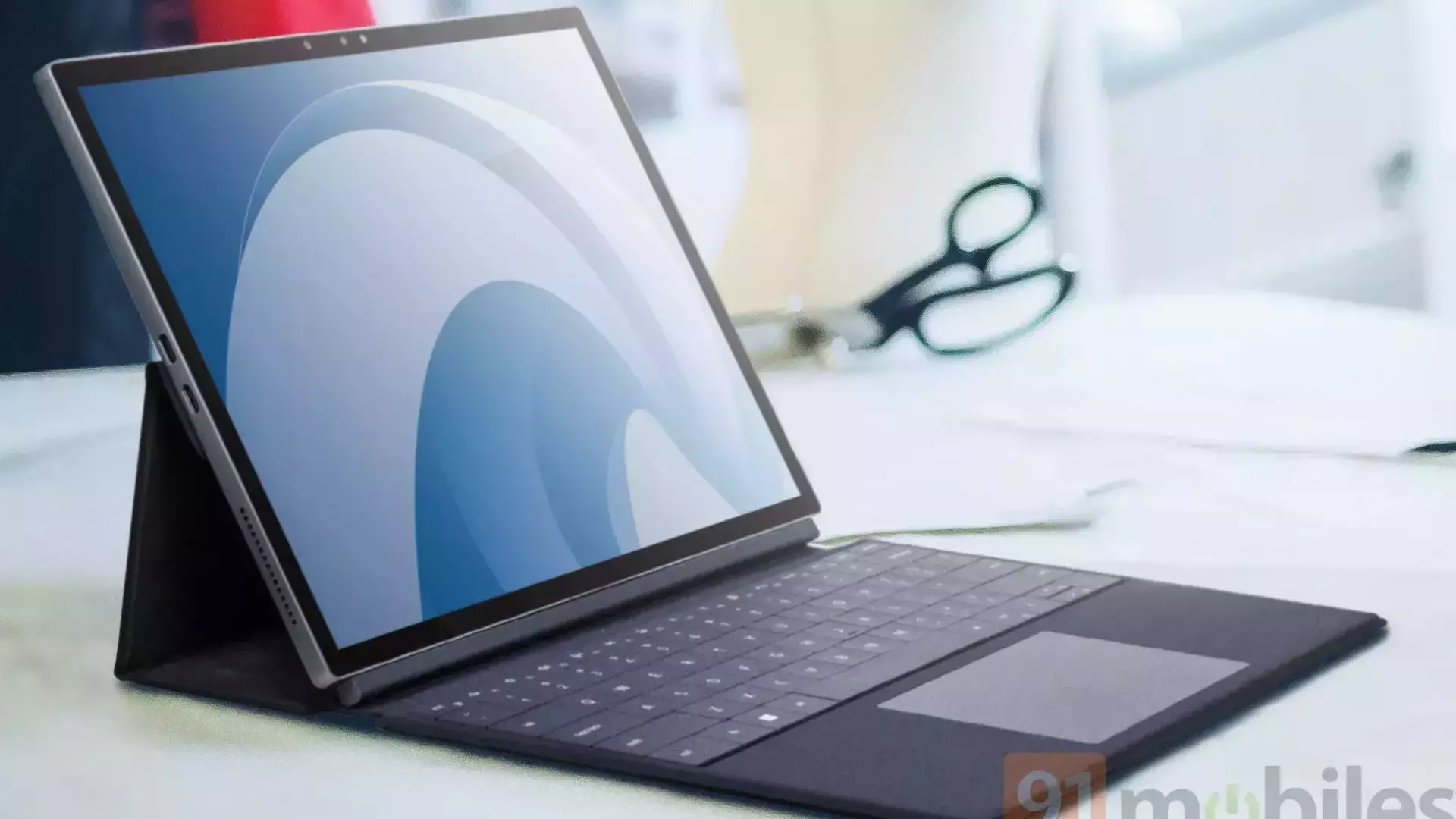Monday, August 30, 2021
new method from japan
Wireless charging possible throughout the room
Wireless charging possible throughout the room
Being able to charge cell phones or other electronic devices without cables – that would be a big step forward. Researchers in Japan have developed a process that makes this possible. But the method still has weaknesses.
Contactless charging of a cell phone anywhere in a room – made possible by an invention from Japan. A research group has developed a method that achieves power transmission efficiency of at least 50 percent almost everywhere in rooms three by three meters and two meters high. Electrical appliances such as lamps or fans also work with it wirelessly, As the team around Takuya Sasatani from the University of Tokyo writes in the journal “Nature Electronics”.
Various electronic devices are used in both the personal and industrial sectors, from cell phones to computers and robots. “However, the devices are primarily powered by cable connections or disposable batteries, which require manual operation and can affect the environment,” the researchers write. To change this, they turned to current approaches to irreversible energy transfer – that is, using a magnetic field that produces a flowing electric current.
Line transmission by magnetic field
In one of these approaches, a pole was used in the middle of the room, surrounded by metal plates. The current flows through this rod, then spreads over the floor and back to the rod through the walls and ceiling. This creates a magnetic field around the rod that enables wire transmission in electronic devices. However, the transmission efficiency on the walls was only one percent.
Sasatani and his colleagues therefore developed a current flow mode for a room-sized aluminum box in which current flows down on two walls and up on the other two walls. The floor and ceiling each turn off the circuit. This current flow ensures a strong magnetic field, especially on walls, while it is much weaker in the middle of the room. In combination, the two Power Flow variants generate magnetic fields that enable power transmission efficiency of at least 50 percent across 98 percent of the room’s volume. However, to do this, the coil in the receiving device must be aligned at right angles to the magnetic field.
Limit Viewed Values
The scientists examined the approach’s electromagnetic compatibility using measurements on a human model. The limit values were complied with by both the United States Federal Communications Commission (FCC) and the Institute of Electrical and Electronics Engineers (IEEE) in New York. “The results suggest that input power could potentially increase further if people are appropriately positioned or kept away from certain areas,” the group writes.
Frank Steinmüller of the Association of Electrical, Electronic and Information Technologies (VDE) welcomes the research in this area: “It would be a huge step forward if we could do without cables for supplying power, especially for multiple devices in a room. ” However, he does not see the invention from Japan as fully developed yet. One restriction is that the room resembles a Faraday cage and no cell phone reception is possible.

Web guru. Amateur thinker. Unapologetic problem solver. Zombie expert. Hipster-friendly travel geek. Social mediaholic.





